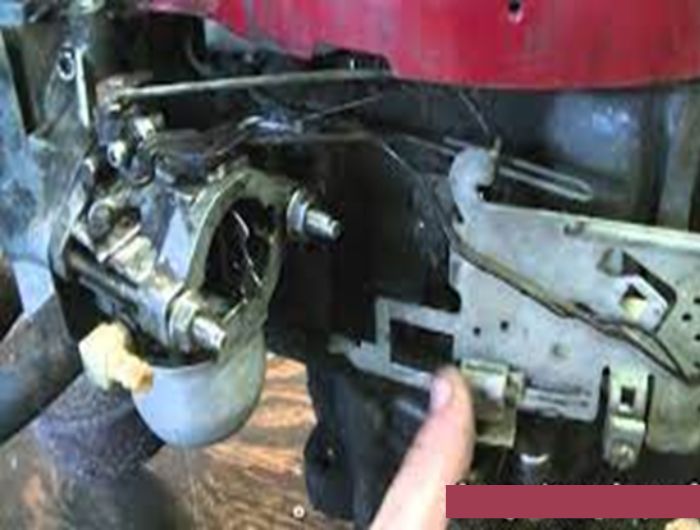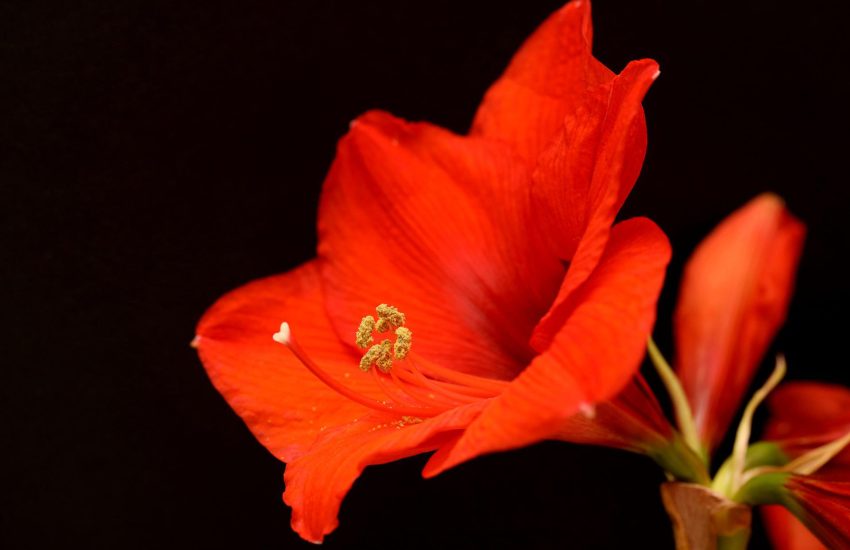Why Are My Sunflower Seeds White?
One of the most vibrant garden flowers to grow is the sunflower. They have had sustained popularity for many years, thanks to their stunning dramatic heads. However, people also produce a lot of sunflower plants for other uses, such as manufacturing oil or stunning, vibrant bouquets, etc. They are useful flowers all around the globe.
There are two main uses of sunflowers: first, as an oilseed crop, and second, as a crop for confections. These two can be distinguished from one another based on their seeds’ appearance. The ones with white stripes are the ones we eat, while the black ones are used to make oil. People once used sunflower seeds as bird food because, in the winter, it keeps them warm. People also enjoy and consume sunflower seeds as a healthy snacking habit.
So, with all the benefits of it, growing sunflowers is overall a really rewarding activity. However, you need to be very patient when it comes to gathering seeds from your flowers; otherwise, you risk missing out on their distinctive black and white seeds. Acquiring a fully mature sunflower that produces fully finished black sunflower seeds instead of white, immature ones takes patience.
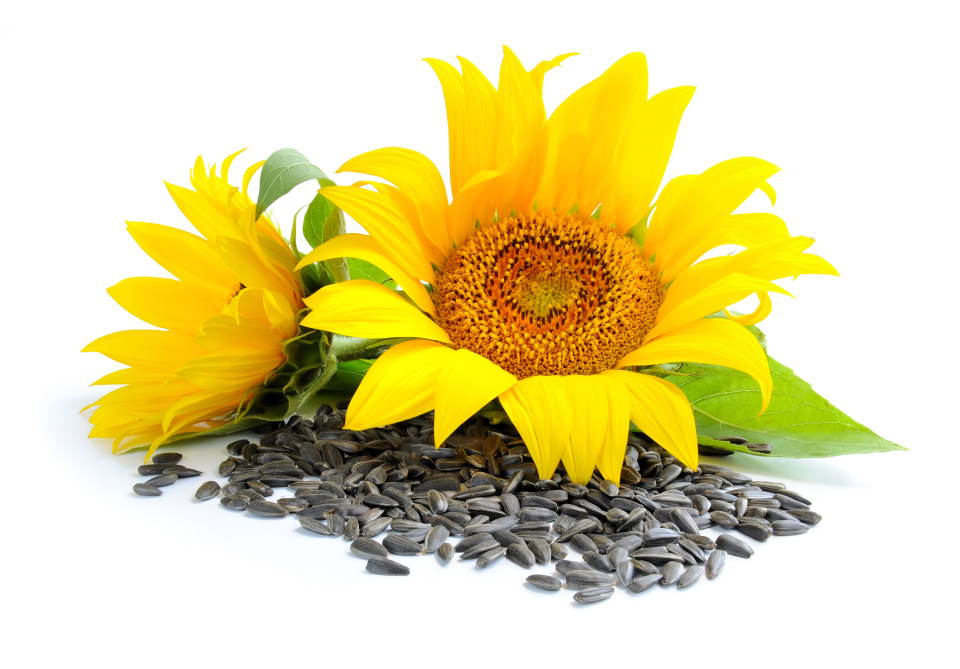
A poor harvest might be disastrous because you’ve invested so much time in developing the plant to get a futile result. Is it too late to save the seeds? What can you do with white ones? Why did you end up with white sunflower seeds? Immature white sunflower seeds could result from a variety of circumstances, including their immaturity or improper drying. Sometimes extremely mushy and white sunflower seeds might be the result of a combination of the two causes.
Like other plants, sunflowers go through different stages of development. The young seedlings come first, followed by the teenage sunflower, the adult in full bloom, and ultimately the mature sunflower. They bloom in the middle of the summer, and early October is when they ripen. And only when a sunflower reaches its “elderly” stage should you harvest them. In this stage, the flower head has a maximum diameter of 24 inches. Sunflowers flourish in regions with lengthy, scorching summers and hardly acidic soil, in a favorable sunny location like this, these gracious plants can reach a height of up to 16 feet and mature in about three months.
When the petals have withered, the calyx (the greenback of the flower’s head) is not green anymore, and the seeds are jiggly and loose, you know your sunflower is ready for harvest. You may make certain mistakes that result in white seeds if you cannot harvest them easily. For instance, if you cut your sunflower too soon, the seeds won’t be fully developed and will be difficult to remove from the head. They are entirely white while they are still developing.
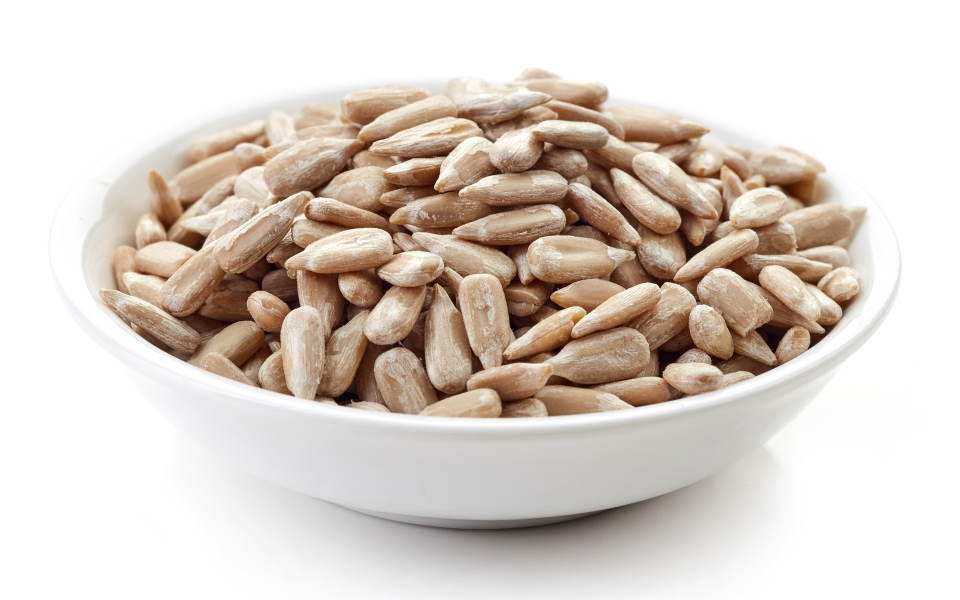
When waiting for your sunflowers to ripen fully, one thing you can do is keep an eye out for birds. Birds never consume unripe seeds. They will, however, view them as a free meal when they mature enough and gladly help themselves. Additionally, you can examine the type of sunflowers you planted. While some have completely black shells, others will feature thick black straps on a white foundation. The hue is the key distinction between a white and a black product. Black ones always have larger kernels than their younger white counterparts, but they also have different nutritional contents.
It is preferable to wait until your sunflower seeds turn black from white before you harvest them, especially if you plan to eat them. However, you can also eat seeds when they are white, but their nutritional value will be reduced. This also implies that they contain fewer calories. Thus, making immature, white sunflowers an excellent snack, particularly if your aim is to watch your weight. But now, let’s examine the potential causes of your seeds’ immaturity, moisture, and whiteness:
Cutting The Sunflower Heads Way Too Soon
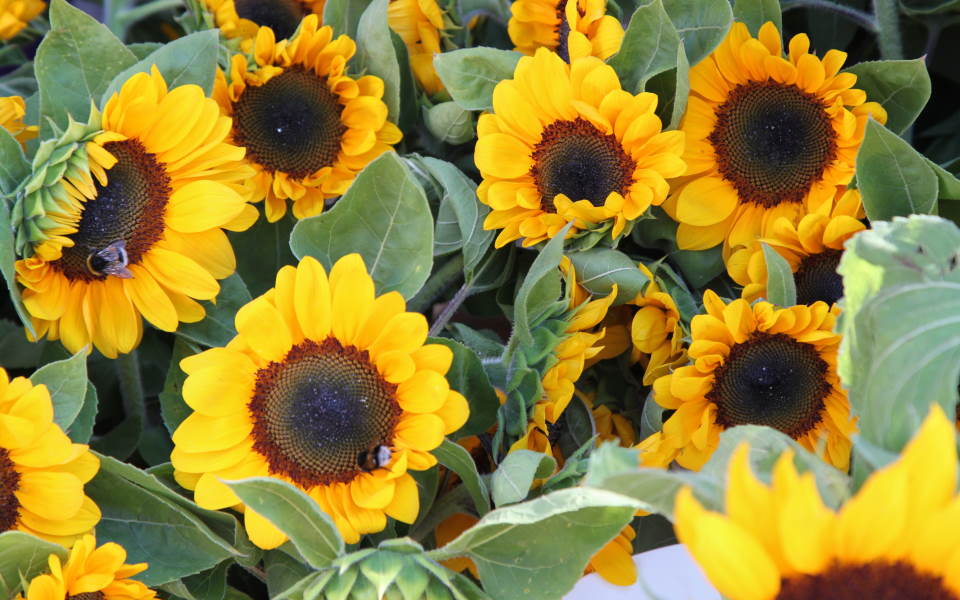
The mistake of cutting the sunflower too soon is one that many growers face. The seeds won’t be fully developed if the flower head is cut while the petals are still vibrant. Additionally, immature ones are not just white but also undeveloped. Because of this, the seed inside is little, or the shell will be empty, and I can assure you that they won’t have a particularly good flavor or texture.
The seeds mature after the blossom wilts. In other words, it serves no use to cut the flower head prematurely. So instead, I suggest enjoying the bloom while its beauty is still there and only trimming the head after the flower has begun to wilt. It is important to remember that sunflowers mature in about 80 to 95 days, but since the growth rate might vary depending on the environment and location, it is advised to not just rely on this duration and check each head before cutting them otherwise you still might end up with white seeds.
Drying The Seeds in An Incorrect Way
The seeds should be allowed to dry out before being prepared and stored completely. It’s a big mistake to harvest immature sunflowers and then group them up to dry; this can even cause the seeds to rot, and the process is sped up if you store the bunch in a dark, moist environment.
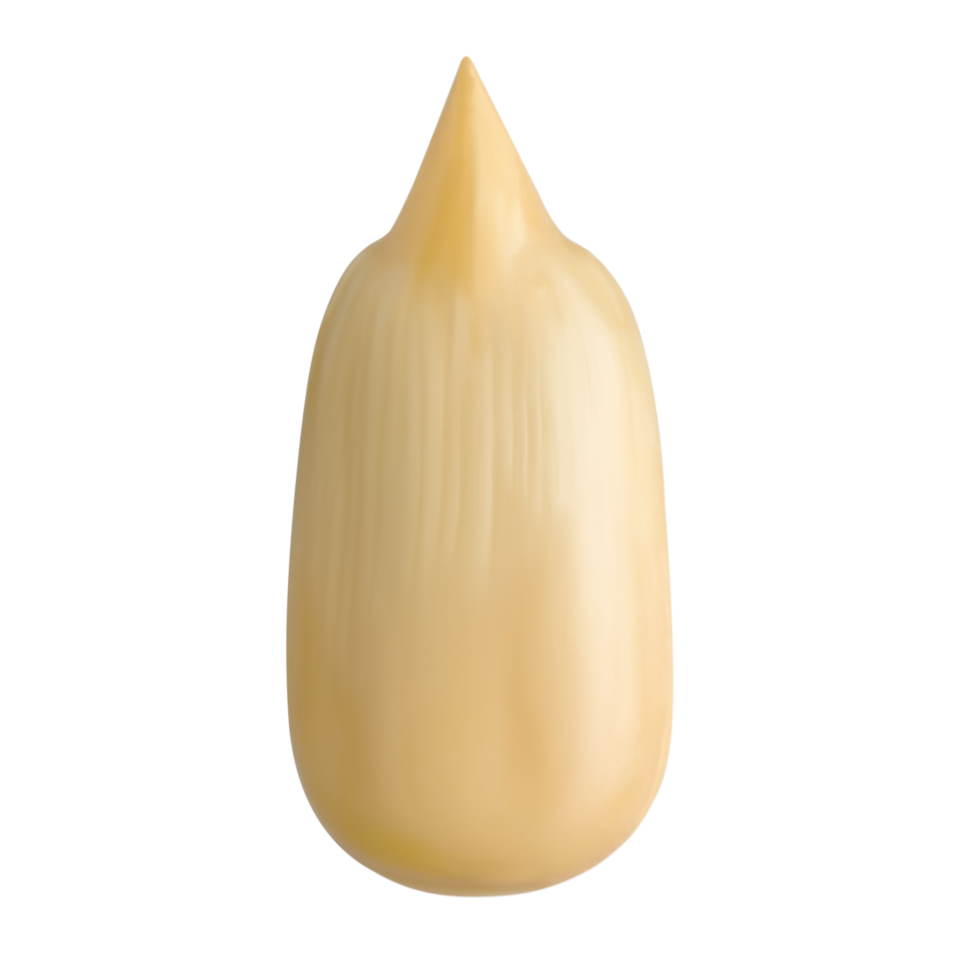
Improper drying can lead them, even matured ones, to turn white. Additionally, too much moisture will make the seed white and soft.
Of course, however, it might be challenging to determine when your seeds are entirely dry. They may still be wet even after the blossom dries out and becomes brown. This is likely to occur if you place the seeds directly in the sun. So it is actually preferable to wait a few days after the flower head turns brown to make sure the seeds are entirely dry. And they must be allowed to dry again after cleaning. So yes, they should be dried at least two times.
Failing to Provide The Plant with A Sheltered Environment
Birds and squirrels prefer mature sunflower seeds as a food source. Additionally, because they prey on the sunflowers as they grow, it is important to cover your product’s heads with paper bags or nets to prevent birds from destroying them and disrupting the maturation processes, which could result in the seeds being left immature and white.
Wondering what birds consume sunflower seeds with white stripes? Among them are sparrows, cardinals, mourning doves, finches, some woodpeckers, juncos, and American goldfinches. The reason why these are popular with birds is that they are easy to eat and high in calories.
Roasting Seeds On Too High Temperature
Another mistake most people make is roasting the seeds at excessively high temperatures. Sunflower seeds turn white and tasteless when roasted at a high temperature. So it is also crucial to remember to roast them for 30 to 40 minutes at roughly 300 degrees Fahrenheit, whether you are roasting shelled or unshelled ones. Otherwise, you again might end up with white seeds.
When and How Should You Harvest Your Sunflower Seeds To Avoid The White Ones?
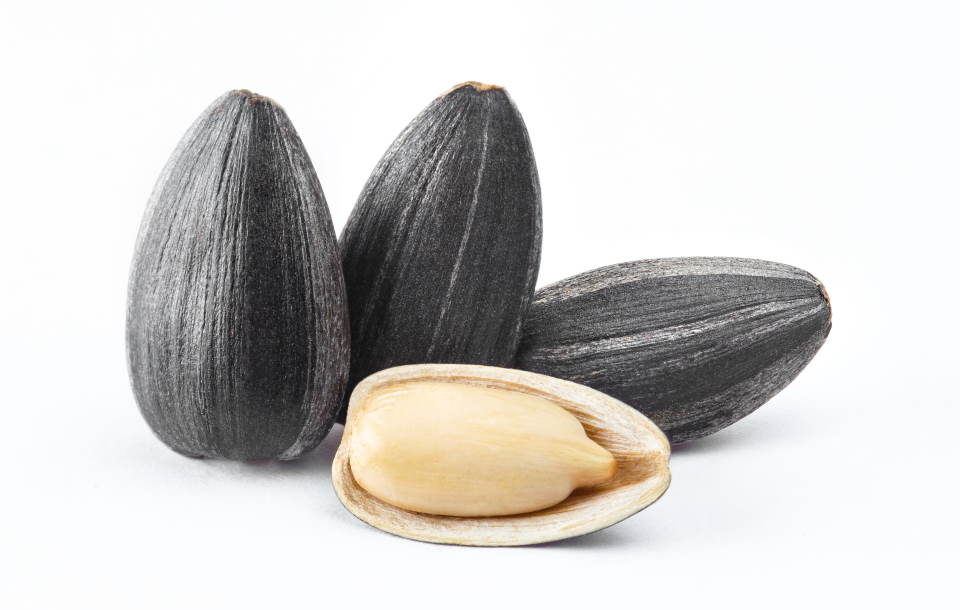
Depending on your region, sunflowers normally bloom in the summer and some of the autumn months. So, keep a watch on your sunflowers when the growing season is over and wait for the appropriate moment. The secret is to take your time. Even though all of your products were planted simultaneously, they can mature at different times. So, to prevent white seeds, each head must be harvested separately.
It’s crucial to know when to harvest. Early harvesting of sunflower heads may result in excessive seed coats or white seeds. Also, they may become too dry to roast if left out for a long time. When birds begin collecting them from a sunflower head, it is generally a sign that they are fully ripe. Your seeds are finished when the petals begin to droop, and the green base head turns yellow and develops brown patches.
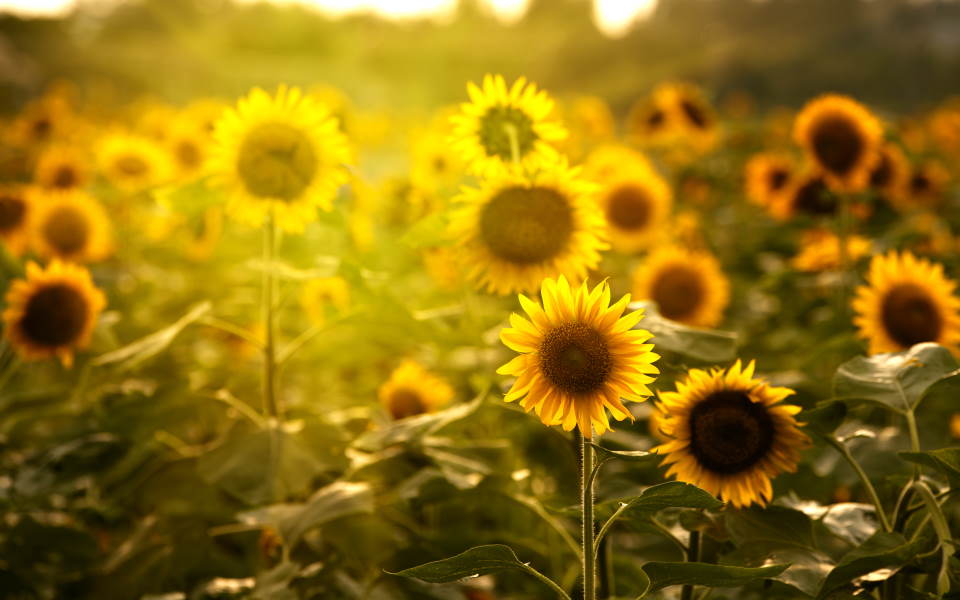
Also, the petals should be taken into consideration as well. On mature sunflowers, all of the petals must be completely dried off. Then, turn your head in your direction to see how each one of them is draped in little blossoms. These self-pollinating blooms produce the seeds. The sunflower’s flowers are readily removed with your hand when it’s time to harvest it.
And lastly, check the area beneath the little flowers. The seeds have a fully developed color and a loose texture if they are mature. If the seeds are still white, you shouldn’t be harvesting them. The fully developed ones will begin to emerge on their own. Even though you might get impatient, you can continue to admire their beauty at least this way. Using pruners, trim them 1 foot below the flower’s bloom only after it is fully wilted and dying.
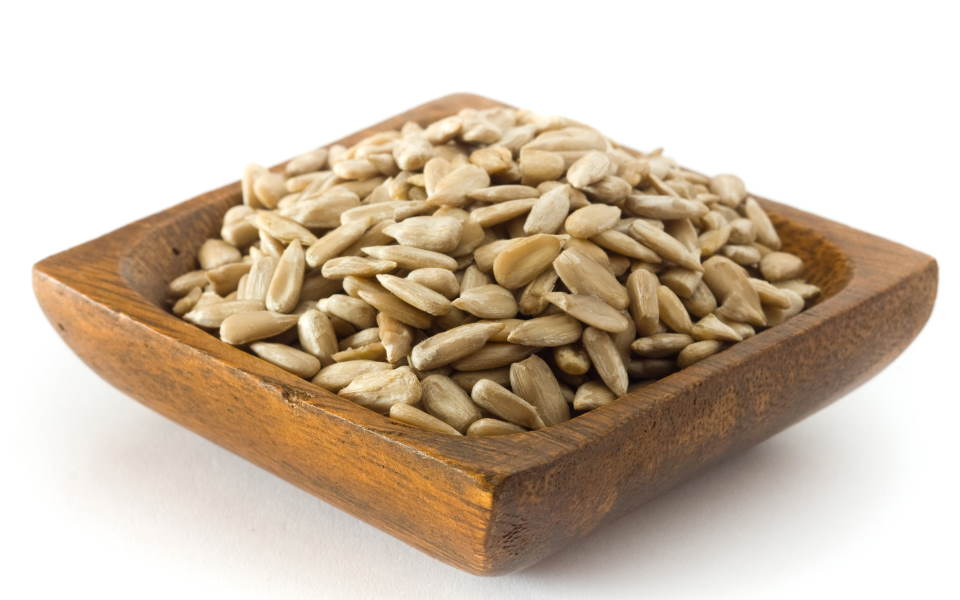
However, your intentions for the sunflower seeds can determine the harvest period. You can let them dry on the plant and then harvest them if you plan to use them to feed your birds. However, you must harvest your sunflower seeds before they completely dry out if you intend to roast them. To protect them from birds and rodents, cut the sunflowers and put each head inside a paper bag. To dry, hang them upside-down.
You must take out the seeds and clean the stalks after they have been hanging. After this step, they have to be dried once more. Simply spreading the seeds across a wide, dry area on cardboard paper or paper towels to let them air out will be enough. Remember, you must leave them like this for at least 24 hours.
You might be wondering what else should I pay attention to when harvesting the sunflowers. Because each flower head should be cut carefully, it is advised to use sharp pruners and make the cut approximately one foot below the bloom. Also, always wearing gloves when chopping the stalks is a must too, since they are highly spiky. Start by putting the stalks in a big container, making it easier to carry the seeds that fall off while you do this. Cover any seeds that aren’t quite ready to be picked to prevent bird damage during harvest using paper bags.
Storing Sunflower Seeds

The seeds can be stored in an airtight glass or plastic container and kept in a cool, dark location when they have dried completely. After harvesting is completed, you can also store them for the following season through a few domestic methods. The rule of thumb for effective storage is that sunflower seeds will last longer in storage the drier they are.
Also, keeping them in an airproof container, labeling them with the relevant date, and refrigerating will help as well. And if you need them to hold out a little longer, silica gel with the milk powder can help; wrap it in tissue paper, put it at the bottom of the jar, and voilà! Now you can enjoy your harvest to the fullest!
What To Do With White Sunflower Seeds?
What’s done is done, and you somehow ended up with white seeds and want to know what to do with them? To be honest, the only distinctions between a white and black sunflower seed are that an immature white one will taste a little bit lighter, have fewer calories and nutrients, and have less oil than a mature black one.
Therefore, your white sunflower seeds can be used to make a variety of tasty dishes even though they are still too immature to produce new baby sunflowers. Of course, white ones still need to be freed from their hard exterior, but once you get that out of the way, you can work wonders with them. Consuming them the way they are, roasting them with herbs and seasonings, making cakes or bread with them, sprinkling them on salads, or even putting them in pesto instead of nuts are among the possibilities.
You may also be interested in:
Blue Daisy (Felicia Amelloides) : How to Grow & Care

